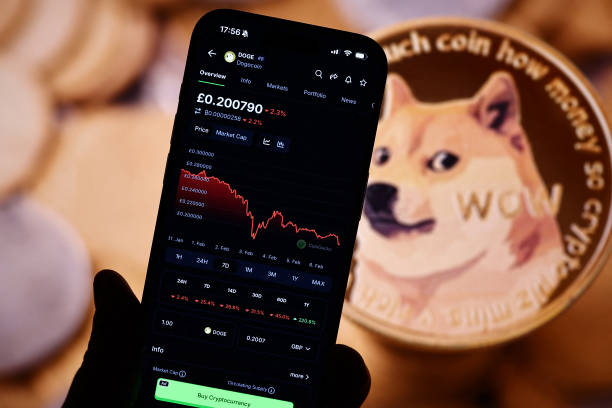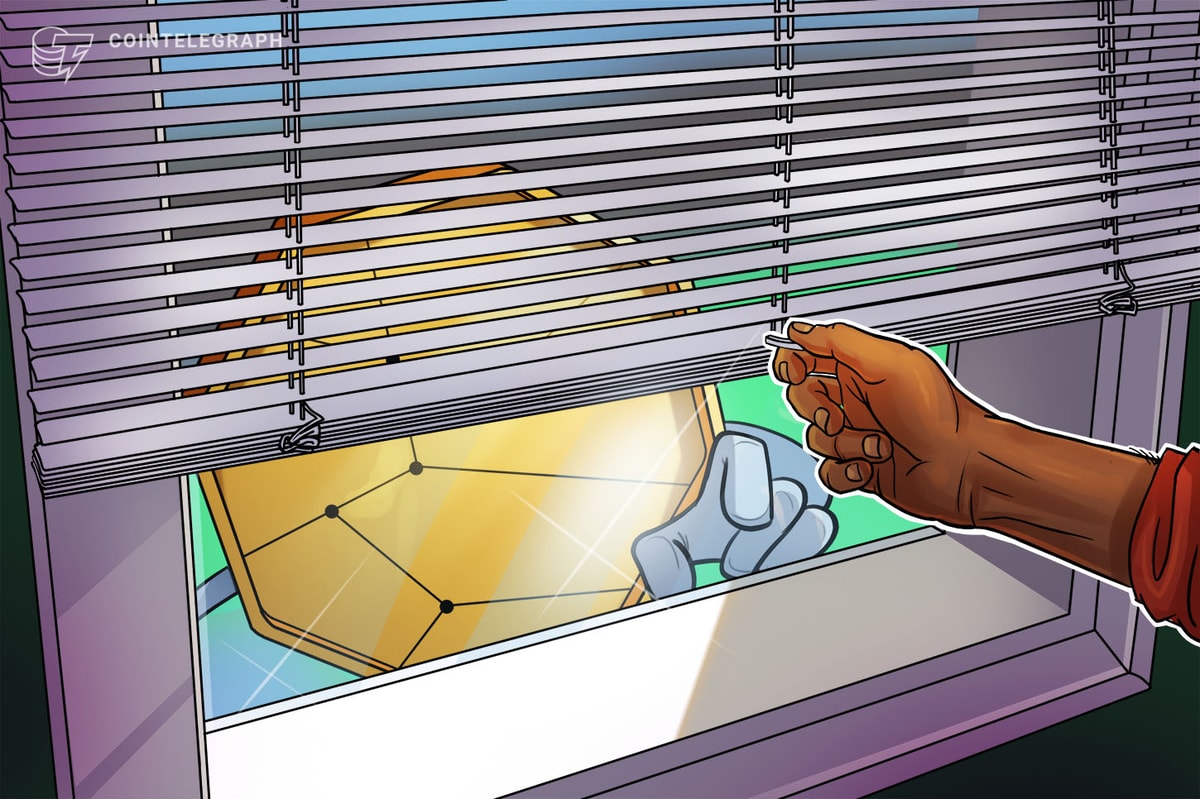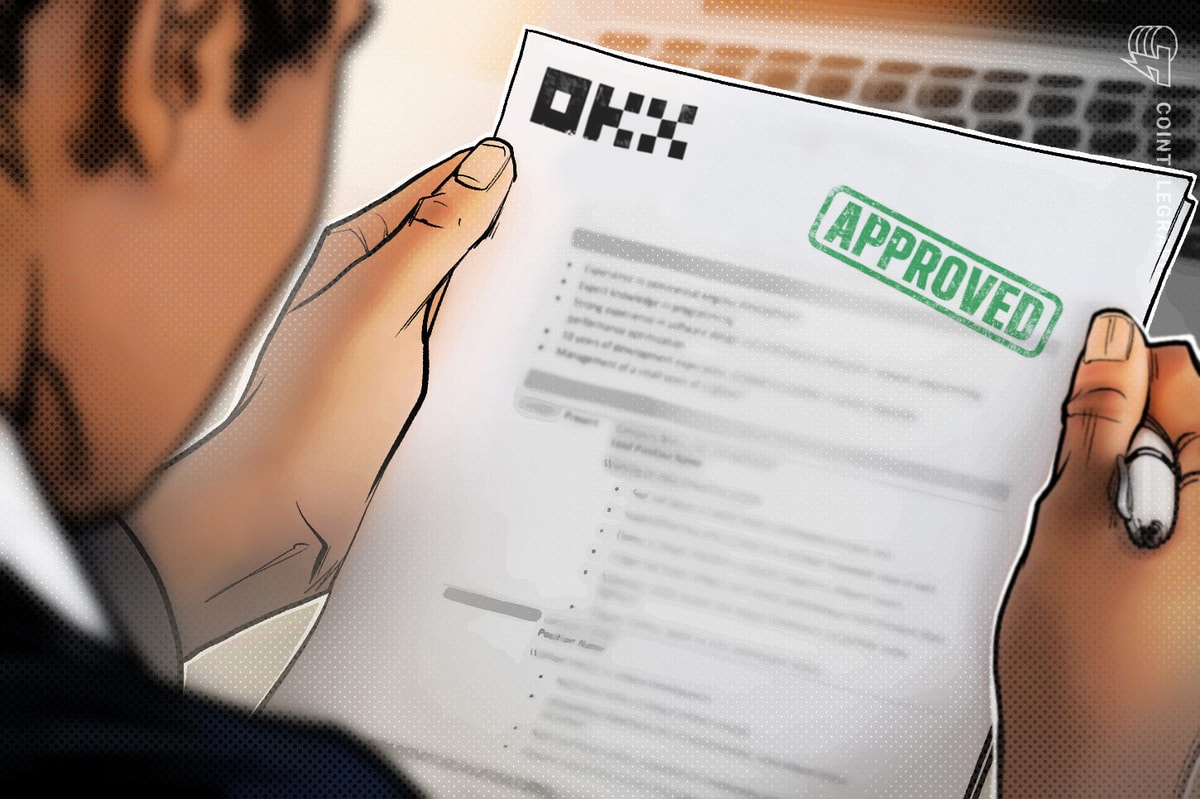Elon Musk’s automotive manufacturing company, Tesla, has repeatedly said that its “Full Self-Driving” software was near complete. Musk has mentioned on numerous occasions that both enterprise and independent owners will soon have the option to monetize their vehicle ownership by allowing their cars to operate autonomously as robotaxis.
Meanwhile, Tesla’s humanoid robot project, Optimus, has been hindered by hype since the moment the company tried to pass off a human wearing spandex as a dancing robot. It didn’t help matters when Musk posted a video of the machine performing household chores.
In the video, a human is actually operating the machine remotely. Musk explained this in a reply to the original video. The reply received approximately 3 million views, per X, while the original video has been viewed at least 75 million times.
In its most recent display, Tesla participated in a robotics show in China, where it showed off Optimus by putting it in a glass case next to some of its cars. Other vendors opted for tech demonstrations.
And yet, based on all the information available, it still appears that consumers in the general public will have the opportunity to purchase a domestic robot from Tesla or one of its competitors before the advent of fully autonomous vehicles.
According to a report from the Las Vegas Review-Journal, Musk’s tunneling venture, The Boring Company, is considering implementing some driver assistance features for vehicles in its “Vegas Loop” project.
The Vegas Loop
For those unfamiliar, the Vegas Loop was meant to be a high-speed tunnel that would allow people to board fully autonomous vehicles underground to travel from place to place at high speeds.
To date, the project has yielded about 2.4 miles of total tunnels and exactly zero autonomous rides for passengers. Those who’ve tried the Vegas Loop rode in Tesla cars with human drivers fully in control of the vehicle.
Robotaxis
Musk continues to claim that Tesla robotaxis are just around the corner, but the fact that his own Boring Company is only considering allowing its drivers to use “driver assistance” features in tunnels purpose-built for safety indicates the company may not be any closer to debuting a robotaxi in 2024 than it was when Musk predicted there’d be 1 million Tesla Robotaxis on the road by 2020.
Numerous analysts and artificial intelligence insiders have pointed to Musk’s insistence that fully autonomous driving can be solved using computer vision alone — cameras, essentially. Countless luminaries and pundits have pointed out that nearly all of Tesla’s competitors have integrated other sensors to expand their vehicles’ capabilities.
From a pure technology perspective, there’s no guarantee that Musk’s vision-only approach or his competitor’s research in other directions will pan out. The general consensus among autonomous vehicle tech insiders is that the majority of the challenges associated with fully self-driving cars have been solved. Unfortunately, the remaining “edge cases” are proving intractable so far.
Domestic robots, on the other hand, may also be a nascent market, but there’s little reason to believe that they’ll need to be fully autonomous in order to be useful to consumers.
Barring an unexpected breakthrough, it appears as though the consumer robotics market could mature before Tesla sells a single car capable of operating autonomously as a robotaxi.
Related: Big tech is prepping an explosive pivot to robotics











